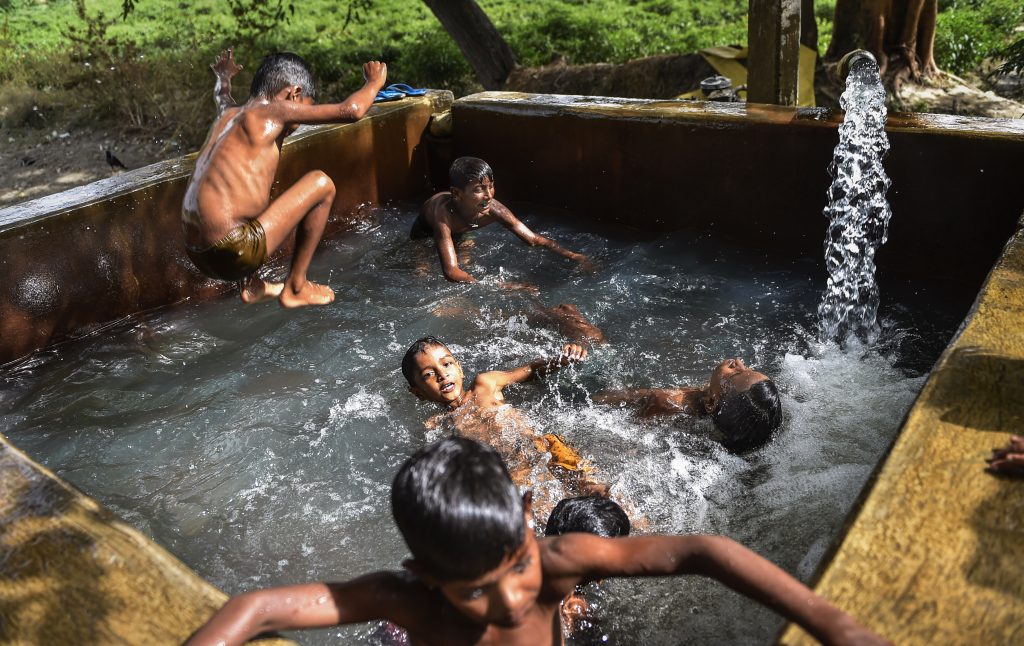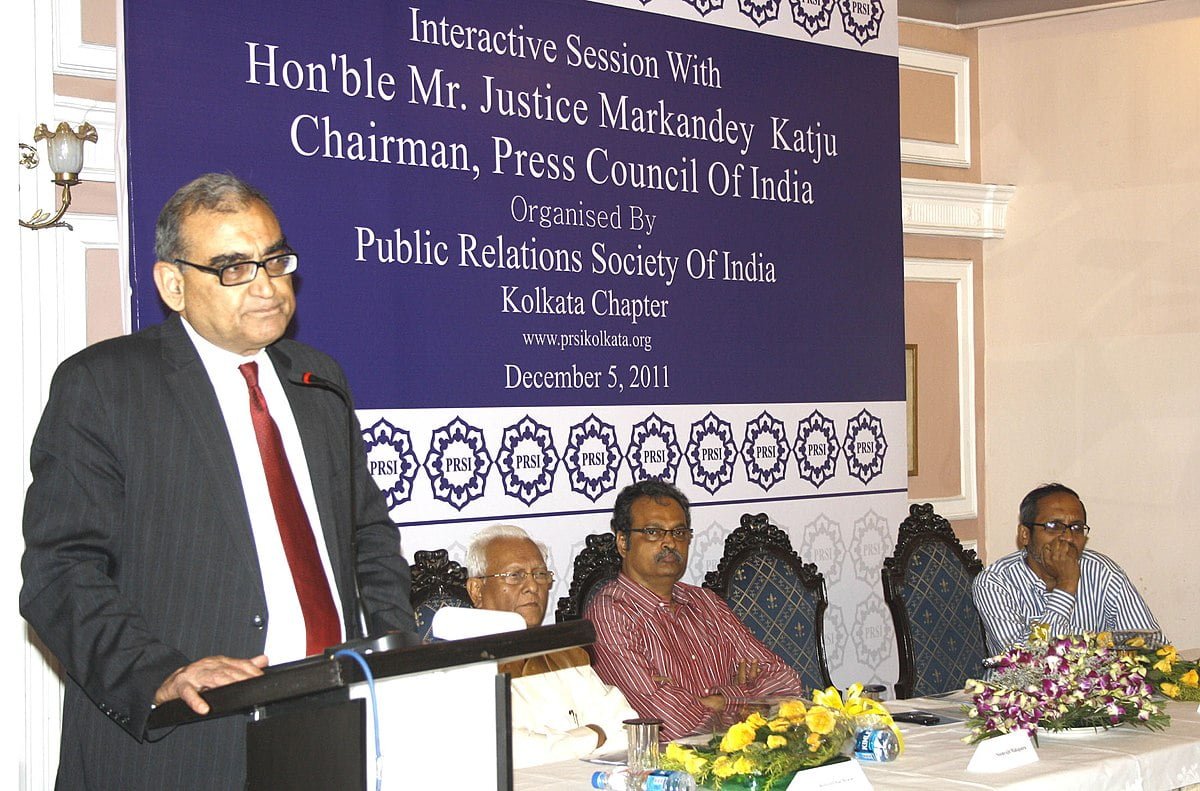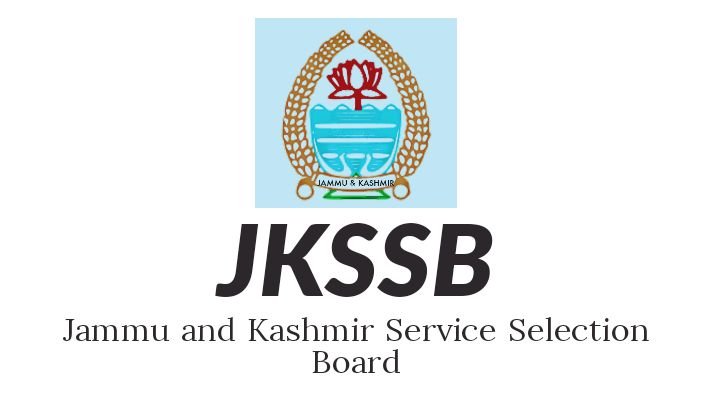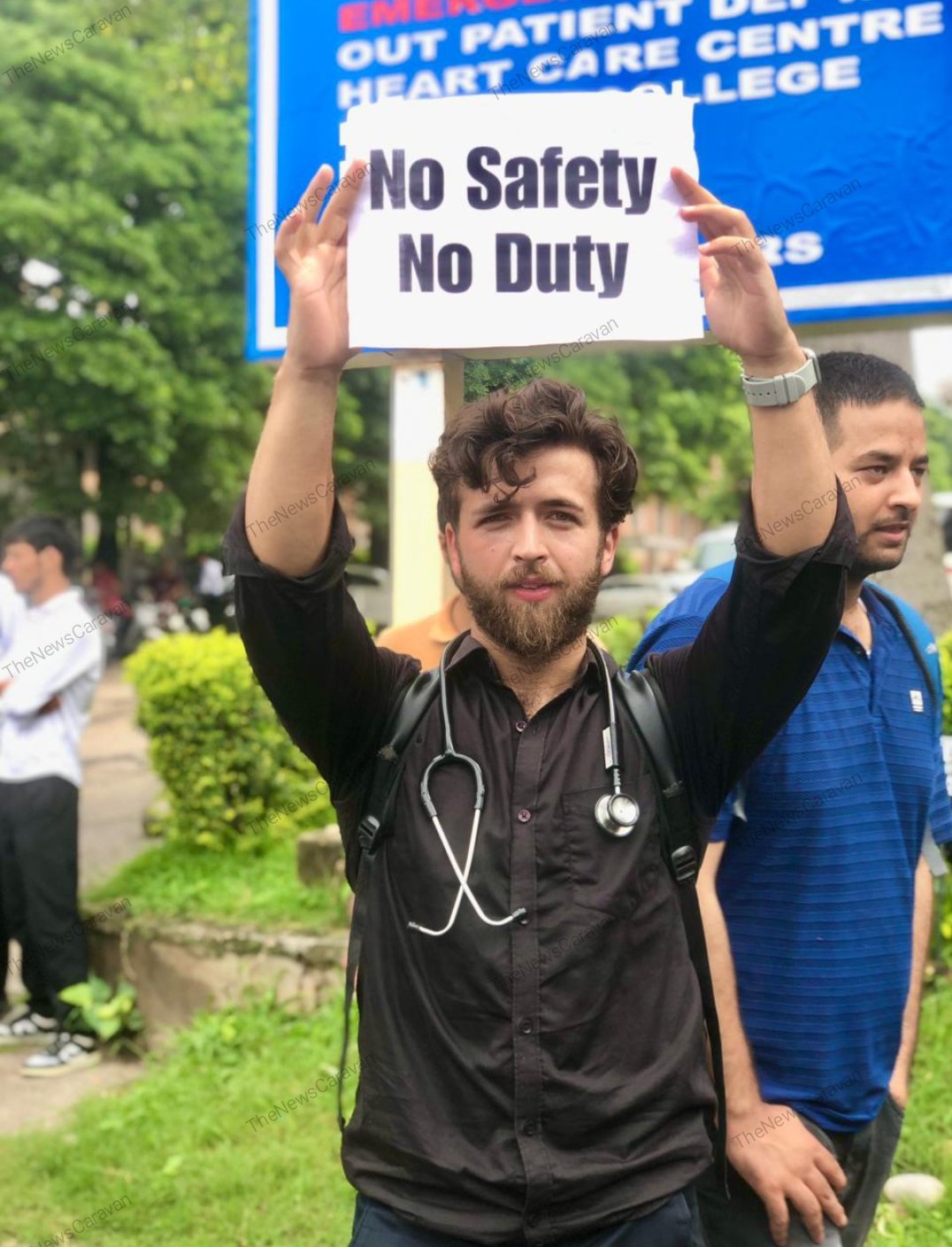[ad_1]
Heat waves in Summers. Cold waves in Winters. It’s quite normal and not much of a News, isn’t it?
Wait, climate experts have just found that in India the weather patterns are fast changing and we are suffering more heat waves in Summers and less cold waves in Winters in the past decade.
Now, this is not welcome news both for people and agriculture.
With summer already sizzling with heat and temperatures shooting up all over the country, the findings of the study carried out by the University of Hyderabad (UoH), attain significance. The research paper was published in the Journal of Earth Sciences System.
The study led by Aninda Bhattacharya of the Department of Ocean and Atmospheric Sciences has analysed data of daily (max & min) temperatures from 1970-2019. The idea was to investigate the trend in the frequency of occurrence of days with anomalously high temperatures (referred to as heat waves) and days with anomalously low temperature (referred to as cold waves) over different climatic regions of India.
Their conclusion was that heat waves have become more common in summer while cold waves have less so common in winter in the recent decade in India. Heat waves and cold waves have severe adverse impacts on agriculture, human health and industrial production, they said in their publication.
Human influence on the climate system is predominant and proven. Human-caused (anthropogenic) climate change has caused roughly one degrees Celsius increase in global average surface temperature since the pre-industrial era. Climate change has worsened the frequency, intensity, and impacts of some of the weather events such as heat waves and cold waves, the researchers from the UoH say.
The Indian scenario
India is broadly divided into four major climatic zones:
- Montane (climate is harsher, with lower temperatures in mountainous regions)
- Subtropical humid climate
- Arid and semi-arid climate
- Dry and wet tropical climate
Now, a heat wave is defined as the occurrence of anomalously higher temperatures for consecutive three days or more. The authors found that heat wave events are increasing at the rate of 0.6 events per decade.

Similarly, a cold wave is defined as the occurrence of anomalously lower temperatures for consecutive three days or more. The authors found that cold wave events are decreasing at the rate of 0.4 events per decade.
Their overall observations based on nearly 40 years of data points to days with anomalously higher temperatures increasing during summer every year while the days with anomalously lower temperatures are decreasing during winter every year.
The authors also deduced the opposite trends in heat waves and cold waves. For instance, heat waves are more common over the arid and semi-arid climatic region while cold waves are less so common over the same region.
To facilitate the complicated observational and analytical study, the researchers compared the current generation computer models used to predict future climate with India Meteorological Department (IMD) observations.
The Authors found that the models fail to capture the observed spatial features in the trend in the frequency of occurrence of heat waves and cold waves in toto over India. This underlines the need for a better process-level understanding of the factors governing these extreme events and their representations in the models over the Indian region.
This study was led by Aninda Bhattacharya, Dr. Abin Thomas, and Dr Vijay Kanawade from the Centre of Earth, Ocean and Atmospheric Sciences, School of Physics at the University of Hyderabad, in collaboration with Prof Chandan Sarangi from IIT Madras, Dr P. S. Roy from World Resources Institute (WRI) and Dr Vijay K. Soni from India Meteorological Department, Ministry of Earth Sciences, New Delhi.
The weather department has already forecast a severe month of April heat across most parts of the country. Other climate studies have also shown an increasing trend of cyclones (pre monsoon) period in the Arabian Sea, which is leading to an increase in temperatures and overall climate situation over the country in the last few years. They also linked it to unusually heavy rainfall episodes.
The IMD forecast for monsoon
Meanwhile, India is expected to get normal rainfall during the southwest monsoon season despite the evolving El Nino conditions, the India Meteorological Department (IMD) said.
The IMD prediction is in variance with the forecast of Skymet Weather, a private forecasting agency which has predicted “below-normal” monsoon rains in the country. Skymet also does an annual monsoon forecast.
El Nino, which is the warming of the waters in the Pacific Ocean near South America, is generally associated with the weakening of monsoon winds and dry weather in India. It is one of the key parameters of the 15 plus parameter model employed by the IMD to make its annual long term mo soon forecast that is critical for the planning of agriculture and water resources management.
[ad_2]
#Blow #hot #Blow #Cold #India #suffering #heat #waves #lesser #cold #waves
( With inputs from www.siasat.com )











